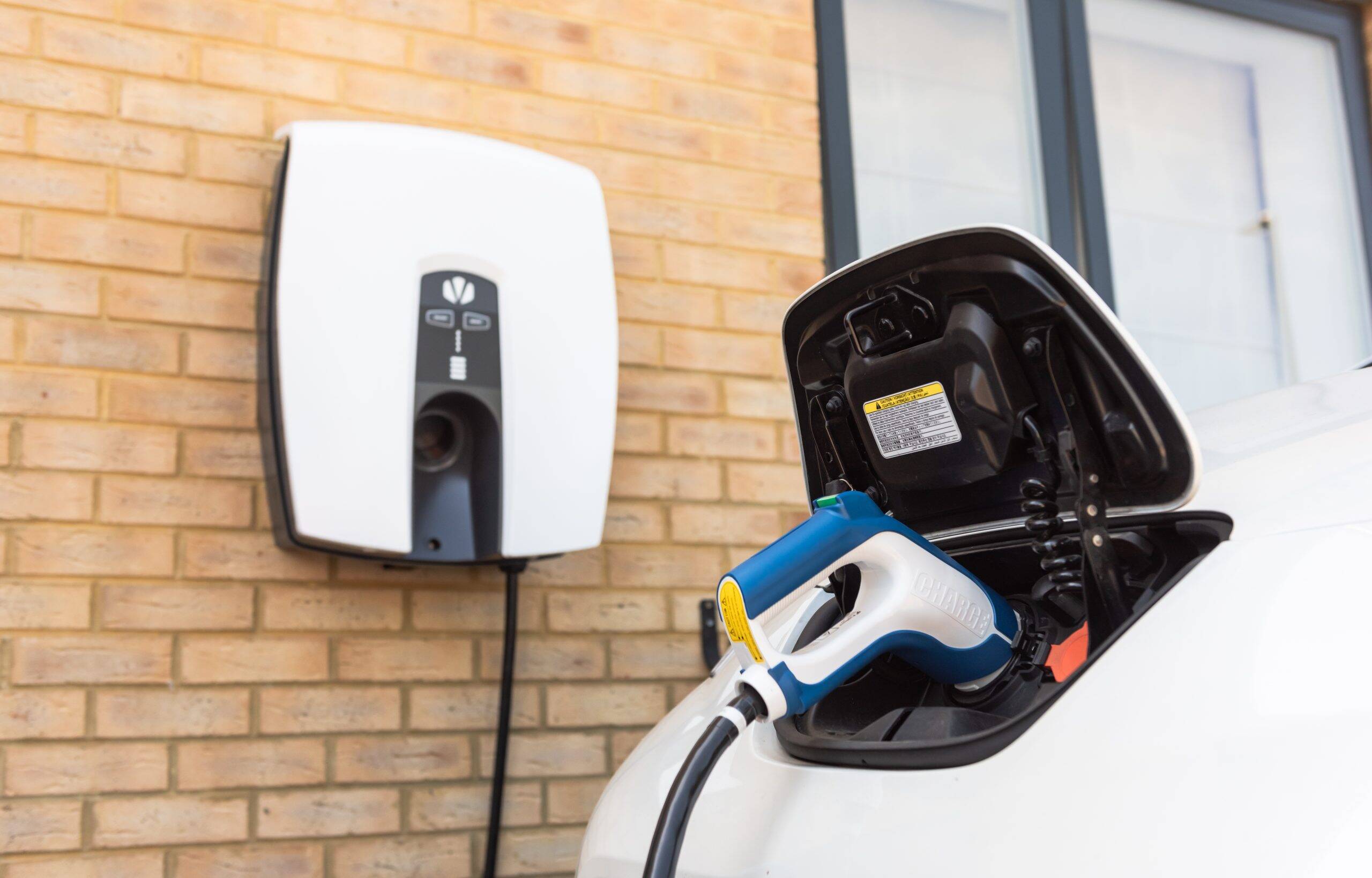You’ve reached your limit!
To continue enjoying Utility Week Innovate, brought to you in association with Utility Week Live or gain unlimited Utility Week site access choose the option that applies to you below:
Register to access Utility Week Innovate
- Get the latest insight on frontline business challenges
- Receive specialist sector newsletters to keep you informed
- Access our Utility Week Innovate content for free
- Join us in bringing collaborative innovation to life at Utility Week Live

With intelligent energy platform Kaluza recently pledging carbon negativity by 2030, the firm reflected on the progress made during EV hook up Project Sciurus, where the firm’s vehicle-to-grid (V2G) plans go next, and how the technology can be a key enabler of energy flexibility on the road to net zero.
Alongside a forecast upshift in the EV rollout comes the unavoidable need for the standard and coverage of auxiliary infrastructure to keep up more broadly. The Energy Networks Association, for example, recently highlighted that the number of public charging points has increased by 51% to cater for a 205% increase in the number of EVs on the road since 2019.
What’s more, an August 2021 study of 9,000 consumers, 750 fleet managers, and 30 automotive industry professionals in eight countries by Castrol predicted that to achieve mass adoption the average EV will need to offer 31-minute charging, 291 miles of range and carry a price-tag of around £30,000 – a tipping point the sector is navigating towards apace.
The government has, however, insisted that the grid will be able to cope with increased demand for EV chargers following Boris Johnson’s announcement that they will be mandated in new and converted buildings during his keynote speech at the CBI’s annual conference on 22 November.

Similarly, Kaluza’s EV smart charging specialist Tom Pakenham believes that Project Sciurus – billed as the world’s largest domestic V2G rollout with more than 300 chargers installed with the aim of validating the technical and commercial potential for a domestic charging solution capable of providing flexibility services to networks – has seen the proliferation and attitudes towards V2G change gear.
The £5 million project received £3 million funding from Innovate UK, and was carried out by a fleet of stakeholders comprising Nissan, non-profit research and consultancy Cenex, EV charger company Indra, Ovo Energy and Kaluza over two-years.
Pakenham describes “customer happiness” with the V2G technology – which enables plug-in vehicles to act as a form of distributed energy storage by providing demand-response services to the power grid – as one of the venture’s most encouraging signs.
“When we set out on this journey in 2017 the cheapest V2G charger was more than £15,000 and was the size of a large fridge freezer,” he explains. “There was no sophisticated software to control it and domestic customers had no access. Project Sciurus changed all of those things.
“The growth of the EV fleet has increased general understanding of the idea that EVs are the perfect complement to renewables as a massive aggregated battery on wheels; and has increased awareness of the technical challenges that the grid faces as EV numbers increase. In turn, this has caused a greater willingness of EV owners and EV businesses to explore innovative solutions, of which V2G is one.”
Please login or Register to leave a comment.